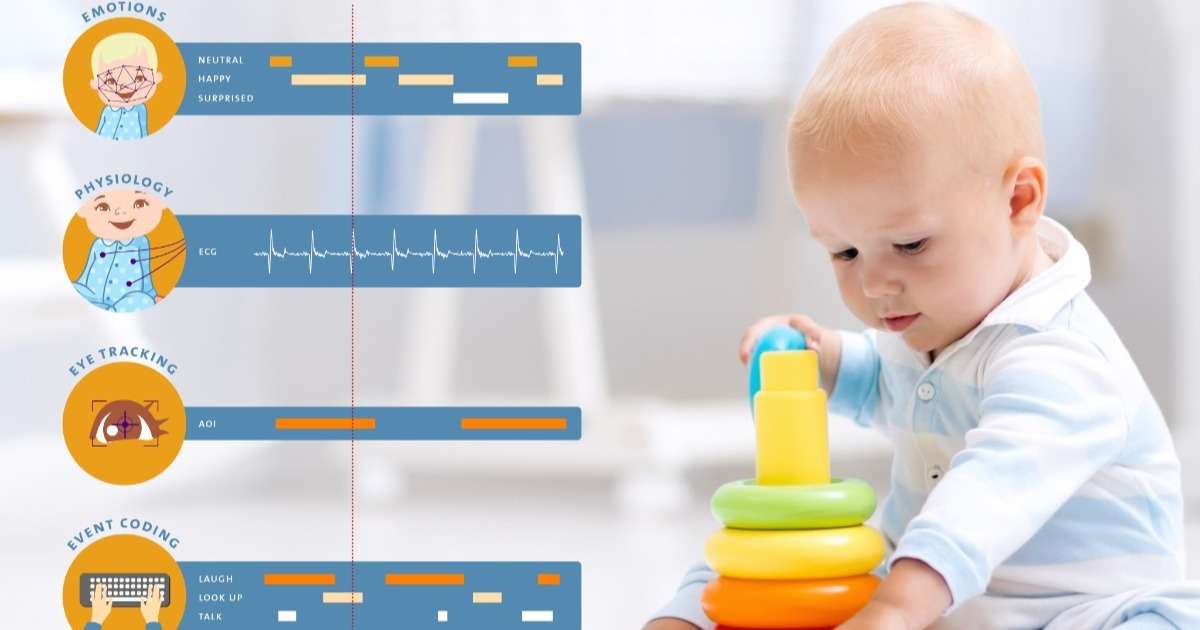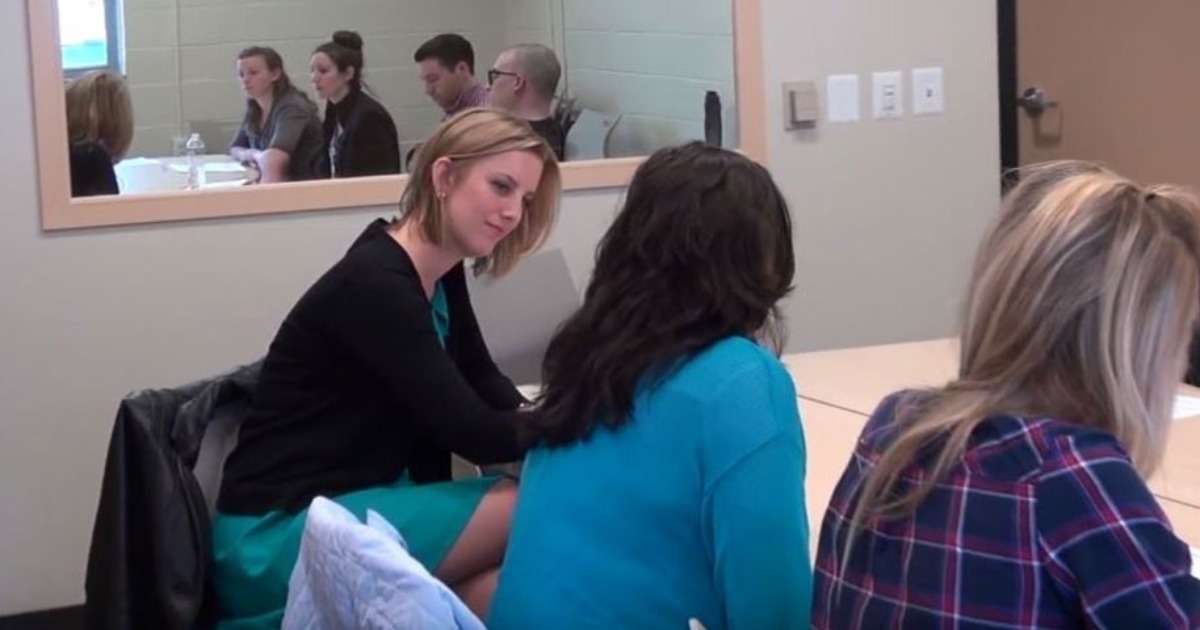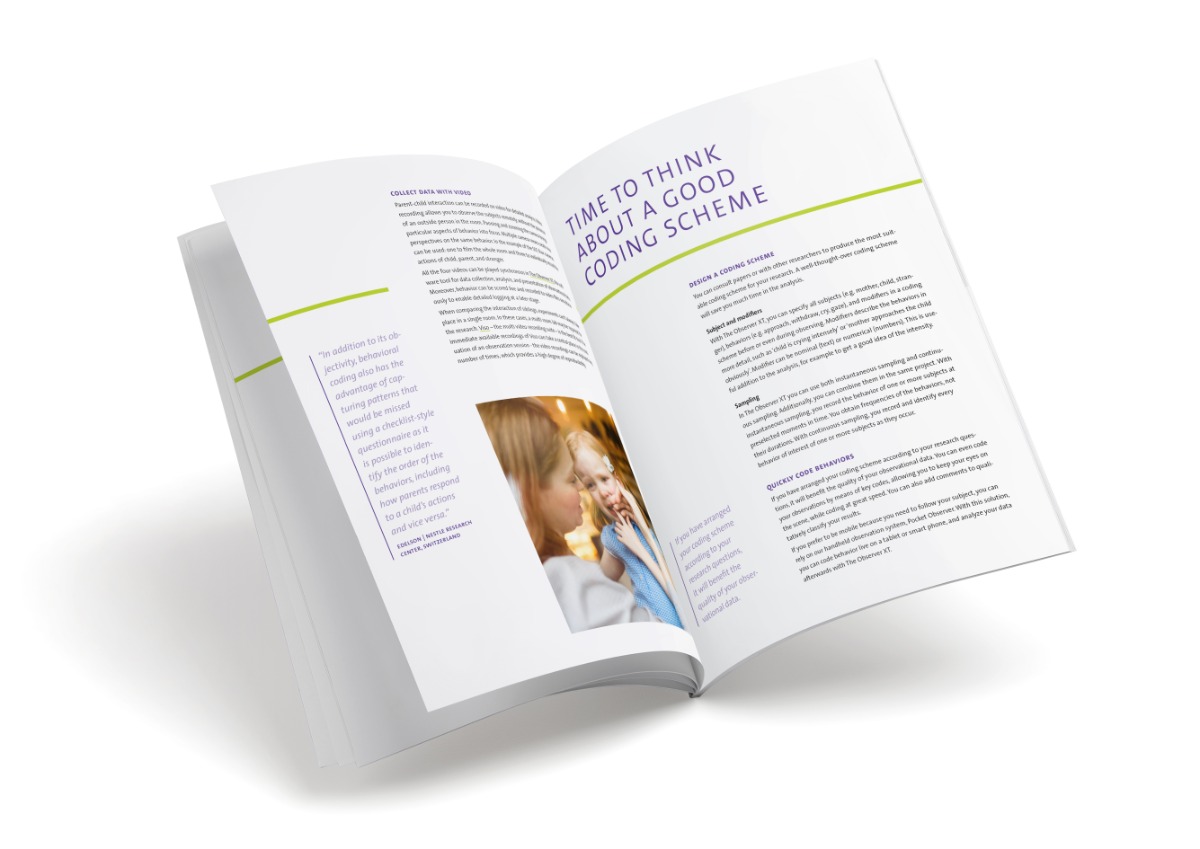
Adolescent Motherhood – observing mother-infant behavior
Teenagers have the perfect life, right? Living at mom and dad’s, eating without worrying about gaining weight, and relaxing all the way through high school. Unfortunately, not all adolescents have an easy-peasy life. Some have to study to achieve good grades and others have to deal with grownup problems on top of dealing with the emotional ups and downs of adolescence. What about teenage moms? Next to dealing with a newborn, adolescent mothers are tackling their transition to adulthood (taking more distance from parental figures) and the transition to parenthood (the nurturing of an infant and caring for his or her physical and emotional needs). This is called the double risk for mother and infant, inherent in adolescent motherhood. (Riva Crugnola et al. 2014)
Double risk – invest in a solution
Current research from Prof. Cristina Riva Crugnola, University of Milano-Bicocca tells us that adolescent mothers as well as their babies (vs. adult mother and infant interactions) spent more time in negative engagement, meaning that the mothers showed more pushy behaviors towards the infant, even hostility. The infant also showed more negative behaviors, such as protesting with expressions of anger and crying.
Riva Crugnola and colleagues state that it is important to train skills and competence in adolescent mother-infant interaction by setting up prevention programs. Young mothers should be supported in learning how to be a mother and regulating emotions (in particular, negative ones). Also, timing is everything - the researchers explain that it is also important to start preventive intervention in the first months of life.
The experiment
To come to these results, Riva Crugnola et al. set up an experiment in a laboratory furnished as a playroom. A total of 60 mothers and babies participated in a 5-minute play session. The 15 to 21 year old mothers were added to the adolescent group and the other 30 mothers (all over 21 years old) to the adult group.
All interactions were recorded on video using a camera in the room. The researchers explain that the camera was positioned in such a way that it captured the behavior and the expressions on the faces of both members of the dyad.
Afterwards, all videos were coded and analyzed in The Observer XT using a modified version of the Infant Caregiver Engagement Phases (Weinberg & Tronick, 1999). Riva Crugnola explains that this system evaluates the behavior of mother and infant during face-to-face play on the basis of emotions expressed, gaze direction, vocalization, and verbalization.
Riva Crugnola and colleagues added these new categories with the aim of exploring the way 3-month olds infants and their mothers direct attention to objects during play and in particular, their level of reciprocal involvement in play (Riva Crugnola et al., 2013). Maternal caring and comforting behaviors were also added to the coding scheme. This way, the researchers were able to study mother-infant interaction in great detail. This detailed approach is of striking importance for understanding mother-infant interaction. Well-targeted empowerment programs may be improved with this information. The intervention can then focus on the behaviors that will really make a difference for the wellbeing of the infant as well as the mother.

Reference
Crugnola, C.R.; Ierardi, E.; Gazzotti, S.; Albizzati, A. (2014). Motherhood in adolescent mothers: Maternal attachment, mother–infant styles of interaction and emotion regulation at three months. Infant Behavior and Development, 37, 44-56.
Get the latest blog posts delivered to your inbox - every 15th of the month
more

Anxiety and Autism
The EU-AIMS and AIMS-2-TRIALS projects have carried out some interesting studies teasing out the causes of anxiety in children with autism.
Using augmented toys to facilitate play in children with visual impairments
How can we help children with visual impairments in their development of play and social interactions? Drs. Suzanne Verver and her team examined the effects of sound-augmented toys on peer play.

